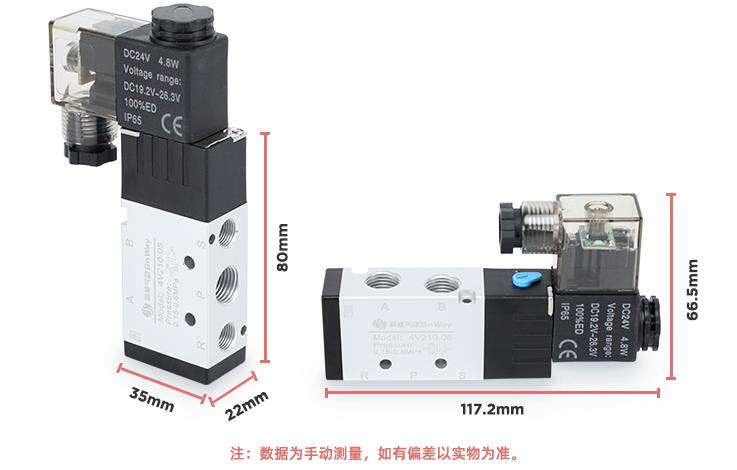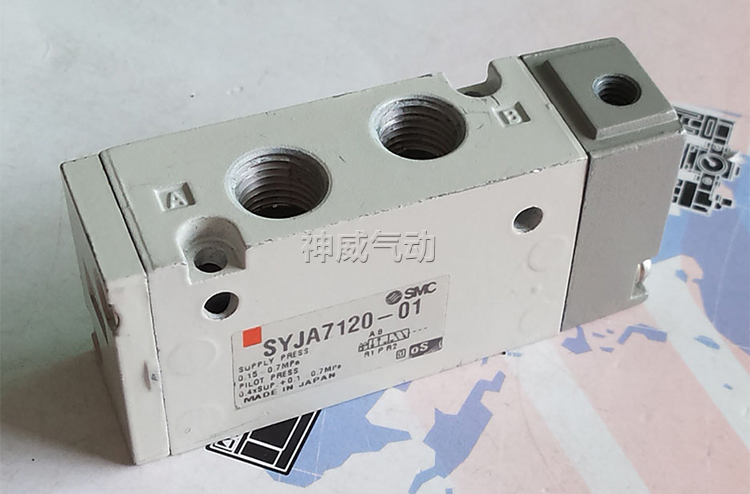Solenoid valve can be matched with different circuits to achieve the desired control, and the control accuracy and flexibility can be guaranteed. There are many types of solenoid valves. Different solenoid valves play a role in different positions of the control system. The most commonly used ones are one-way valves, safety valves, directional control valves, speed regulating valves, etc.

Pneumatic valve is a valve driven by compressed air. When purchasing air control valves, only specify the specifications, categories, and working pressures to meet the purchasing requirements. They can be used to control various types of fluids such as air, water, steam, various corrosive media, mud, oil, liquid metal, and radioactive media. flow.
It is imperfect in the current market economic environment. BecauseAir control valveIn order to compete with their products, manufacturers have each carried out different innovations under the concept of unified design of air control valves, forming their own corporate standards and product personalities. Therefore, when purchasing air control valves, it is necessary to put forward technical requirements in more detail and coordinate with manufacturers to achieve consensus as an attachment to the air control valve procurement contract. This type of valve should generally be installed horizontally in pipelines.
The difference between air-controlled valves and solenoid valves is the signal source. The solenoid valve uses electricity to control the pilot air to push the valve core to change direction, while the air-controlled valve directly controls the direction of the valve core through electricity. The gas directly drives the solenoid valve core to change direction. The air control valve needs to be used in conjunction with a mechanical valve. It is mainly used in sites that require explosion protection.

The respective advantages of solenoid valves and air-controlled valves:
1. The air control valve has good effect on gas media and small diameter liquids, has low cost and is easy to maintain. Disadvantages: Affected by fluctuations in air pressure, the air is easily affected by water content in the northern winter, causing the transmission part to freeze and become inoperable. Generally, pneumatic ones are faster than electric ones, and electric ones can be used as both flashlights and flashlights. The price of pneumatic ones, which are both hand and gas powered, is relatively high.
2. The solenoid valve has good effect on liquid media and large diameter gases, and is not affected by climate. Not affected by air pressure. Disadvantages: high cost, not good in humid environment.
3. The solenoid valve moves slowly. There are not many brands of solenoid valves that can be explosion-proof;the air-controlled valve moves quickly, and the explosion-proof price is relatively low compared to electric ones (the key air-controlled valve configuration Any accessories, if equipped with big brand accessories, they will be more expensive than solenoid valves).
4. Solenoid valves are used in some places with large diameters, because it is difficult to do it pneumatically, but the stability of solenoid valves is not as slow as that of pneumatic switches. The actuator will get stuck for a long time. Tooth phenomenon pneumatic valves have fast switching speed and high precision but require a stable air source.






 WhatsApp: +8615857777578
WhatsApp: +8615857777578